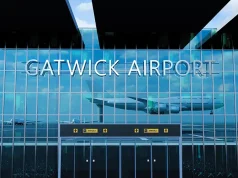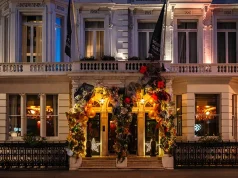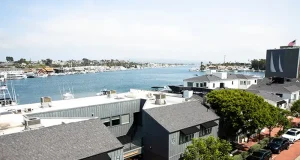Ireland is green by nature, and almost wherever you go on the island there are destinations doing their bit for planet Earth and helping travellers to lower their environmental impact.
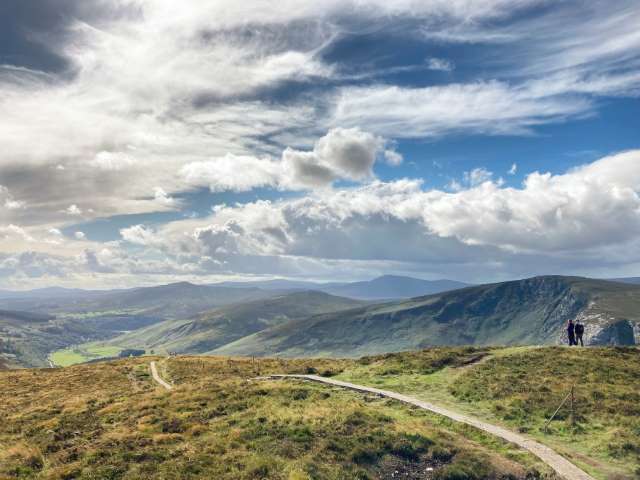
Among the many fantastic sustainable destinations, you could head for the Wicklow Mountains National Park, the largest of Ireland’s six national parks, or the likes of the protected marine conservation zone of Strangford Lough in County Down.
Probably the leading sustainable destination on the island of Ireland, however, is The Burren, the remarkable rocky landscape of County Clare on the Wild Atlantic Way.
A network of local enterprises in this area is helping to make The Burren and Cliffs of Moher Geopark into a global leader for sustainable tourism – in 2021 the Burren Ecotourism Network scooped a Lonely Planet ‘Best in Travel’ pick for their work focusing on ecologically and socially responsible nature-based tourism.
The multitude of eco-friendly activities available in The Burren includes everything from walking tours, cycling, adventure sports, heritage and eco-centres, culture, wellbeing, surfing, pubs, dining and local food producers – all of whom promote responsible travel and really ‘walk the talk’ in terms of the conservation of their pristine local environment.
Added to the mix is the Burren Food Trail, where you can eat your way around the farmers markets, cafés, restaurants and gastropubs dotted across County Clare and feel the true passion for food in this part of the world.
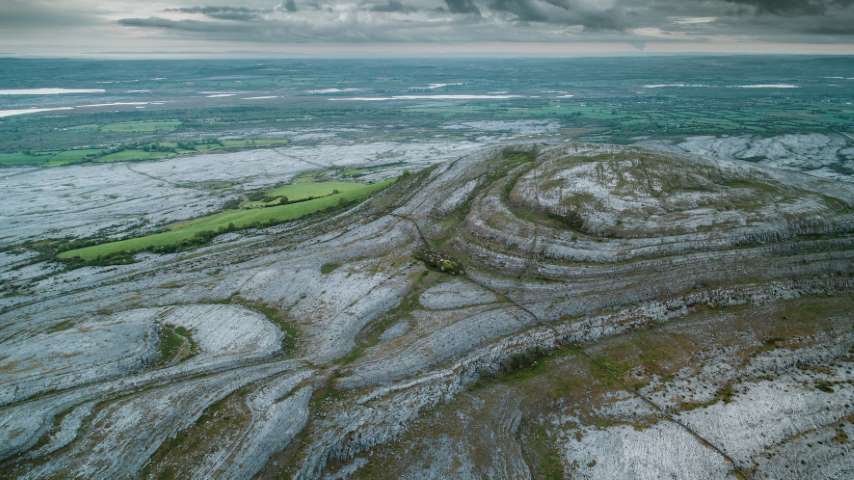
The Burren Slow Food Festival, lined up provisionally for 13 – 15 May this year, is another opportunity to sample local artisan foods, meet the producers and growers, mix with fellow foodies, see cookery demonstrations from well-known chefs and get a true taste of the region’s culture.
Elsewhere, sustainable coastal tourism is the main feature of the beautiful Loop Head Peninsula in County Clare. This slender finger of land juts out to sea from Clare’s most westerly point, and despite winning a European Designation of Excellence Award for sustainable tourism development, the area remains under the radar.
Loop Head was one of a handful of places along the Wild Atlantic Way used to film Star Wars: The Last Jedi. The cliff scenery of the peninsula’s western coastal road is spectacular, and to the east there are views of the Bridges of Ross – natural limestone arches over the sea.
A trip to Loop Head Lighthouse, which you can also stay in, is a must while other highlights include Carrigaholt Castle and the huge range of aquatic activities available. Take the Dolphinwatch boat trip from Carrigaholt to the mouth of the Shannon, for example, and you’ll have the chance to see some of the 160 or so bottlenose dolphins that live in this EU Special Area of Conservation.
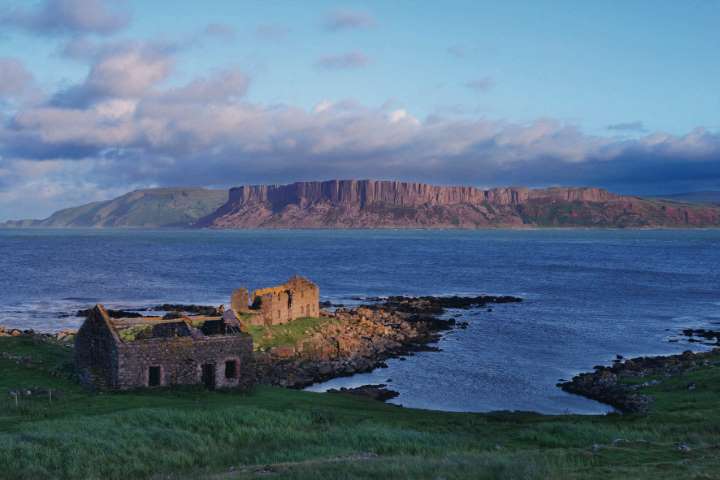
In Northern Ireland, tranquil Rathlin Island, which lies six miles off the coast of County Antrim, is famous for its huge sea-bird colony, tales of Scottish and Irish folklore, kelp farming and laid-back natural setting.
This unspoiled environment is the perfect place to disconnect from the stresses of the modern world and reconnect with nature.
Rathlin boasts over 32km of breath-taking walking trails as well as three lighthouses, including its famous ‘upside down’ lighthouse, and a stunning coastline where seals can often be spotted at play.
An important site for breeding seabirds, including puffins, guillemots, kittiwakes, razorbills and fulmars and more recently corncrake, Rathlin is also home to the West Light Seabird Centre and a cliff-top walking trail.
Rathlin’s 150 or so residents are already familiar with sustainability, but they aim to go further and be completely carbon neutral by the end of the decade through producing their own wind and wave energy. The island has also recently introduced an e-bike and hybrid car community transport scheme.
Visitors’ cars are not allowed on the island, so walking and cycling are the main ways to see around. Bring your own bike on the ferry or hire one on the island.



